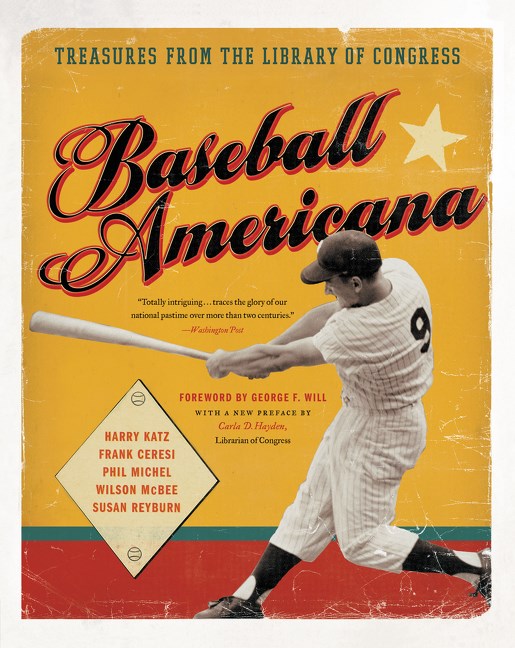Introduction to Baseball’s Rich History
Baseball, often referred to as America’s pastime, has a history deeply intertwined with the culture and identity of the United States. From its humble beginnings in the 19th century to its evolution into a multibillion-dollar industry, baseball has captured the hearts and minds of generations. To truly understand and appreciate the depth of this sport, many turn to what can only be described as a ‘baseball archive’—an expansive collection of records, statistics, memorabilia, and personal accounts that tell the story of baseball in all its glory.
The Evolution of the Baseball Archive
The concept of a ‘baseball archive’ did not exist from the start. In the early days of baseball, keeping detailed records was not a priority. The focus was primarily on the game itself, with limited regard for statistics or historical documentation. However, as baseball grew in popularity, fans, sportswriters, and historians realized the importance of preserving the sport’s legacy.
By the early 20th century, the rise of baseball cards, newspapers, and yearbooks contributed to the formation of informal baseball archives. These archives initially consisted of player statistics, game results, and team standings. As time went on, historians and organizations like the Baseball Hall of Fame took a more formalized approach, creating extensive records that would serve as the foundation of the modern baseball archive.
What Does a Baseball Archive Contain?
A baseball archive is more than just a collection of statistics. It is a living, breathing chronicle of the sport’s history. Here are some of the key elements you might find in a comprehensive baseball archive:
- Game Statistics: At the heart of any baseball archive are the game statistics. These include player stats like batting averages, home runs, RBIs (Runs Batted In), pitching records, and fielding percentages.
- Historical Records: These include records of famous games, World Series outcomes, and other significant events in baseball history. These records can range from accounts of individual games to season summaries.
- Memorabilia: Baseball memorabilia plays a crucial role in the archive. This can include signed baseballs, jerseys worn during significant games, bats, gloves, and even tickets from historic matches. Such memorabilia serves as a tangible link to the past.
- Player Biographies and Interviews: A good baseball archive doesn’t just focus on numbers; it delves into the lives of the players. Personal stories, interviews, and biographies bring to life the personalities behind the stats, giving fans a fuller understanding of their heroes.
- Photographs and Videos: Visual documentation is another critical aspect of the archive. Photos from iconic moments, videos of classic games, and interviews provide a rich, multimedia experience of baseball history.
- Newspaper Clippings and Articles: These are a valuable resource for understanding how the public and media perceived certain events at the time they happened. Clippings from newspapers dating back over a century can offer fascinating insights into how baseball was reported in different eras.
The Role of the Baseball Hall of Fame
The Baseball Hall of Fame, located in Cooperstown, New York, serves as one of the largest and most respected archives of baseball history. Founded in 1936, it has inducted numerous players, managers, umpires, and other contributors who have left an indelible mark on the sport.
The Hall of Fame maintains an extensive collection of artifacts and memorabilia that help tell the story of baseball. Its library and research center hold millions of documents, including contracts, letters, photographs, and other historical records. Baseball researchers from all over the world visit the Hall of Fame to access these materials, making it a hub for baseball scholarship.
The Digital Baseball Archive
As technology has advanced, so too has the way in which baseball’s history is archived. Today, much of the baseball archive exists in digital form, making it accessible to fans, historians, and researchers around the globe. Online databases such as Baseball-Reference.com have revolutionized the way fans access stats and historical data.
These digital platforms allow users to search for players, teams, and individual games across decades of baseball history. You can compare players from different eras, analyze trends, and even simulate games. The advent of advanced metrics, such as sabermetrics, has added even more layers to the digital baseball archive, allowing fans to engage with the sport in ways that were not possible before.
Why Baseball Archives Matter
Baseball archives are more than just a collection of old stats and records; they are a gateway to understanding the sport in a historical context. Here are a few reasons why baseball archives are so essential:
- Preserving the Sport’s Legacy: Baseball has a rich history that spans well over a century. By maintaining an archive, we ensure that future generations can appreciate the game’s past and understand how it has evolved.
- Cultural Significance: Baseball is intertwined with American history, and many of the sport’s most significant moments reflect broader societal changes. For example, Jackie Robinson’s breaking of the color barrier in 1947 is a pivotal moment not just in baseball history, but in the history of civil rights in America.
- Comparing Eras: One of the great joys of baseball is comparing players and teams across different eras. Archives allow us to engage in debates like who was better—Babe Ruth or Barry Bonds—by providing a wealth of data to analyze.
- Fostering a Deeper Appreciation for the Game: For many fans, delving into the archives allows them to see the game from new perspectives. Understanding the strategy behind famous plays or learning about the personalities of past players deepens one’s appreciation for the sport.
Baseball Archives and Sabermetrics
One of the most significant modern developments in the way baseball is archived and analyzed is the rise of sabermetrics. Coined by Bill James in the late 20th century, sabermetrics refers to the use of statistical analysis to better understand baseball performance. This movement has brought a new wave of interest to baseball archives, as fans and analysts pour over old data to uncover new insights.
Sabermetrics has changed how teams evaluate players and strategies. Metrics such as Wins Above Replacement (WAR) and On-Base Plus Slugging (OPS) have become vital tools for both fans and front offices. This shift towards data-driven analysis has led to a deeper appreciation of the baseball archive, as people revisit old records with fresh eyes, searching for patterns and trends that were previously overlooked.
Conclusion
The baseball archive is a vital resource that bridges the past, present, and future of the sport. From preserving the memories of legends to enabling fans to discover the untold stories of lesser-known players, the archive serves as a living record of baseball’s impact on culture, society, and the human spirit. As technology continues to evolve, so too will the way in which we preserve and interact with this treasure trove of baseball history. Whether you’re a die-hard fan or a casual observer, diving into the baseball archive is an enriching experience that deepens your connection to the game and its storied past.



